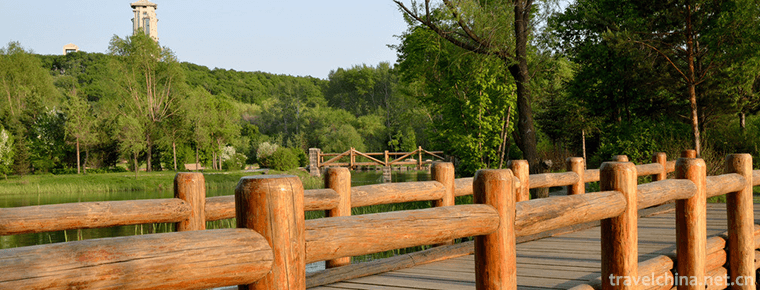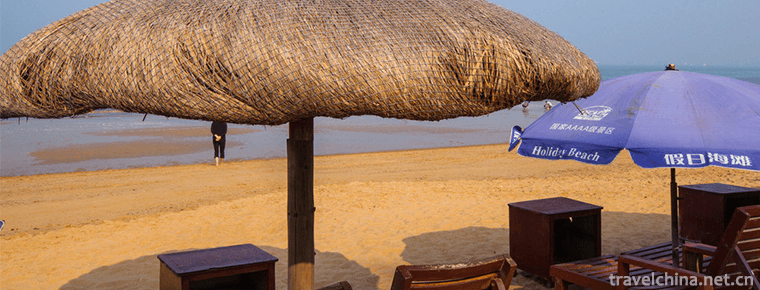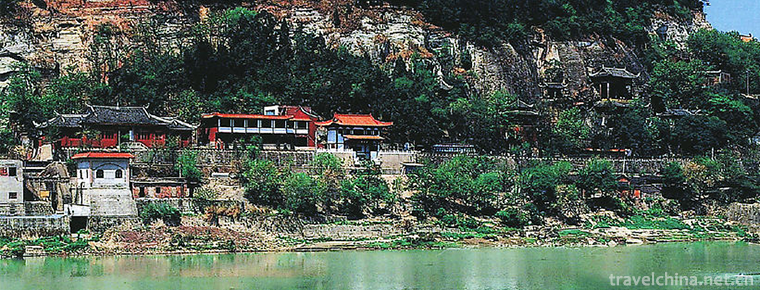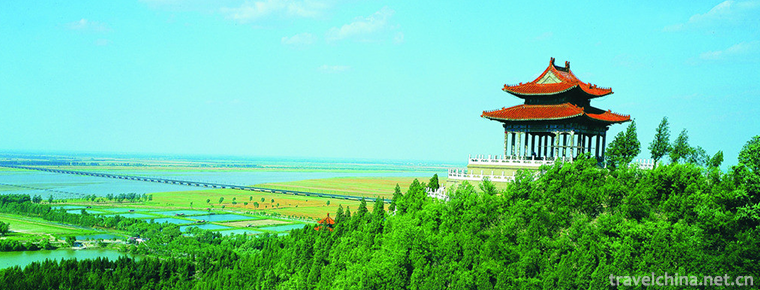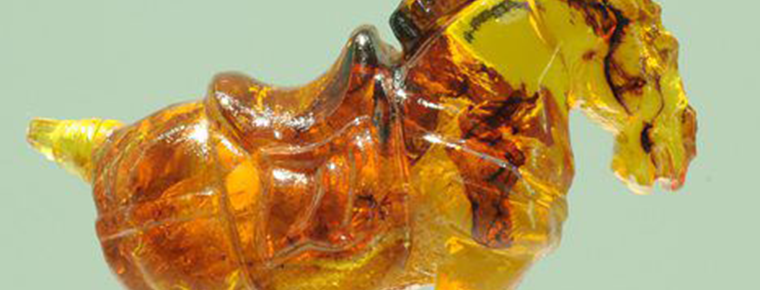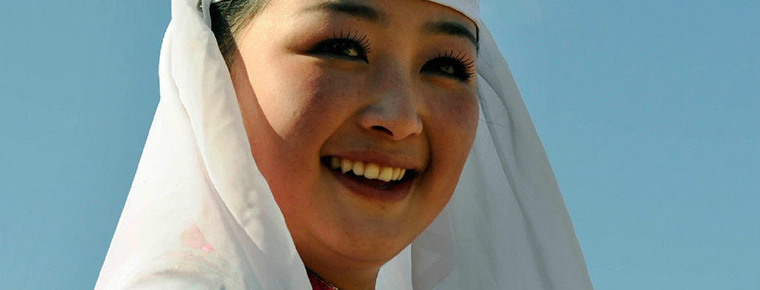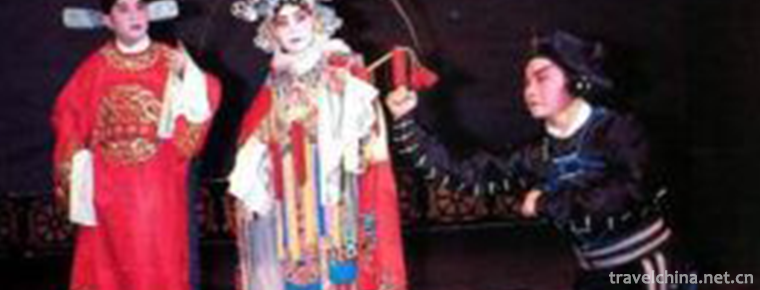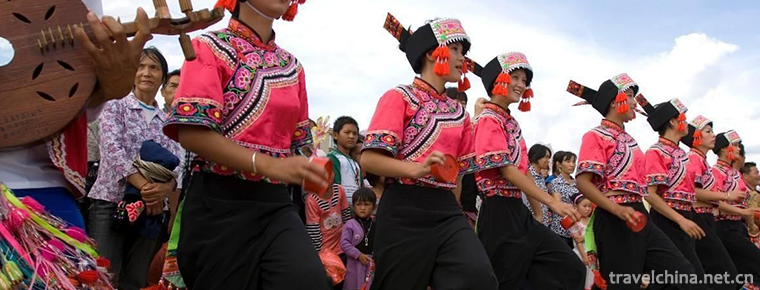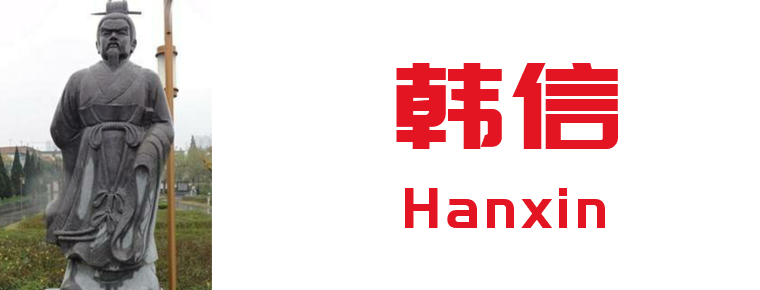Leifeng Memorial Hall in Fushun
Leifeng Memorial Hall in Fushun
The Leifeng Memorial Hall in Fushun City is located at No. 61, East Section of Peace Road, Wanghua District, Fushun City, Liaoning Province. It covers an area of 99900 square meters, near the army stationed before Leifeng's death. Founded in 1964, three renovations and expansion were carried out in 1969, 1992 and 2002. Over the past 40 years, the Leifeng Memorial Hall in Fushun has received more than 46.8 million audiences at home and abroad, and has held a large exhibition of "The Eternal Spirit of Leifeng" in 58 cities throughout the country, which has had an important impact. On October 29, 1990, General Secretary Jiang Zemin visited Leifeng Memorial Hall in Fushun City and inscribed the name of the museum. Fushun Leifeng Memorial Museum was appointed by the Central Propaganda Ministry and the Central Civilization Commission as "one hundred patriotic education demonstration bases" and "advanced units in the construction of national spiritual civilization", and is the first batch of key martyr memorial building protection units in China.
brief introduction
The Leifeng Memorial Hall in Fushun, inscribed by Jiang Zemin, was built in 1964 and opened on the third anniversary of Leifeng's sacrifice on August 15, 1965. It was rebuilt in 1992 and officially opened on March 5, 1993. Leifeng Memorial Hall covers an area of 56,500 square meters, located in Wanghua District, Fushun City, Liaoning Province, and the eastern section of Pinghua District. The former Lei Feng was near the army where he lived.
The main buildings of the memorial are Leifeng Monument, Leifeng Heritage Museum, Leifeng Tomb and Leifeng Statue. The museum contains more than 400 cultural relics such as Mao Zedong, Zhou Enlai, Liu Shaoqi, Zhu De, Deng Xiaoping, Jiang Zemin and other party and state Leaders'inscriptions and handwriting for Lei Feng, as well as Lei Feng's relics and photographs. It truly and vividly reproduces Lei Feng's ordinary and great life and shows the party and state Leaders' concern and support for learning Lei Feng's activities. In 1979, Leifeng Memorial Hall in Fushun, Liaoning Province, was listed as the first batch of key protection units for memorial buildings of martyrs in China. In order to publicize Lei Feng's deeds truly and comprehensively, the staff of Lei Feng Memorial Hall have visited more than 200 Lei Feng's relatives and friends in more than ten provinces and cities such as Hainan, Anshan and Liaoyang, collected more than 8 million words of written materials, 60 photos and 40 precious cultural relics, enriched and adjusted the contents of Lei Feng's deeds display, and vividly and truly reproduced Lei Feng's ordinary and magnificent deeds. In his lifetime, he was praised by Chinese and foreign audiences and played an important role in the construction of spiritual civilization. Leifeng Memorial Hall was jointly named "National Patriotic Education Base for Secondary Schools" by the State Education Commission, the Ministry of Civil Affairs, the Ministry of Culture, the State Administration of Cultural Relics, the Central Committee of the Communist Youth League and the General Political Department of the People's Liberation Army. In June 1997, Leifeng Memorial Hall was named "100 Patriotic Education Demonstration Bases" by Jin of the Ministry of Publicity.
Construction background
Builders of Leifeng Memorial in Fushun
On March 5, 1963, after Mao Zedong's inscription "Learning from Comrade Lei Feng" was published, a new situation of extensive and in-depth study of Lei Feng's activities emerged throughout the country. On March 11, the Fushun Municipal Committee of the Communist Party of China issued the Decision on Further Studying Leifeng Movement in the City in Response to the Call of the CPC Central Committee and Chairman Mao. The decision includes the construction of Lei Feng Martyrs Monument, Pavilion and Lei Feng Heritage Showroom in Wanghua Park, Fushun City, in order to memorize Lei Feng forever, publicize and learn from Lei Feng. The Propaganda Department of the Fushun Municipal Committee of the Communist Party of China, the Municipal Federation of Trade Unions, the League Municipal Committee and the relevant departments of the municipal government are responsible for this work and are prepared in a spirit of economy.
Fushun Municipal Committee decided to build Lei Feng Memorial Hall in Wanghua Park near Lei Feng's former army station is very meaningful. Wanghua Park is a small area with few scenic spots, but it is a place where Lei Feng used holidays and rest time to lead young pioneers to study and play here. Around the park, there are Benxi Road Primary School and Jianjie Primary School, where Lei Feng serves as an out-of-school counselor; a peace savings office with Lei Feng's savings deposit; a peace people's commune with Lei Feng's donation (now the Peace Street Office); a Lai Feng railway station, which often leads soldiers to clean up, help the old and take the young, and pick up passengers; and a new factory in Fushun Steel Factory, where Lei Feng has participated in the expansion. Lei Feng gave apples and moon cakes to the wounded and sick in Fushun Western Staff Hospital and so on.
In November 1963, Shenyang Luxun Academy of Fine Arts and Fushun Construction Bureau also proposed the design of Leifeng Monument, Tomb and Museum. The design plan at that time made it clear that Lei Feng's monument, tomb and museum were not only part of the park garden, but also a big classroom for socialist education in response to Chairman Mao's call to learn from Comrade Lei Feng. In terms of design and layout, the main content should also be to fully express Chairman Mao's great call and introduce Lei Feng's past deeds. After demonstration and verification, the design scheme was formally reported to Liaoning Provincial People's Committee on November 21, 1963. The estimated investment is 140,000 yuan. Among them, Leifeng Monument was designed by Shenyang Luxun Academy of Fine Arts. Leifeng Tomb was designed by Fushun Jian2 Company. Leifeng Memorial is designed by Fushun Architectural Design Institute.
Other scenic spots
Sculpture of Lei Feng with Young Pioneers
Situated on the west side of the exhibition hall, the 22 natural stone tablets symbolize Lei Feng's glorious life at the age of 22. The stele combines art, sculpture art, architectural art and garden art to form a beautiful scenery line of Leifeng Culture.
The sculpture area is the largest scenic spot in the whole park. There are seven sculptures such as Lei Feng and Young Pioneers Together. These sculptures in different forms, materials and styles are scattered among pine and cypress, green stubble and square, which evokes people's memories and memories of Lei Feng.
Youth activity area is located on the west side of the park. It consists of game fountain, triangle treadmill, Zhengxing Pavilion, Yongquan Lake, Qinqiao, open-air theatre, rock climbing and other landscapes. It is a favorite entertainment place for teenagers.
The comprehensive service area is located in the southwest of the memorial hall. It has public facilities such as entrance square, parking lot, tourist center and service center.
social influence
Leifeng Memorial in Fushun is positioned as a national demonstration base for patriotism education, a National Research Center for learning Leifeng, and a national AAAA-level tourist attraction. In the new historical period, Leifeng Memorial Hall in Fushun will carry forward Leifeng's spirit with first-class facilities, first-class management, first-class service and first-class quality, display the new features of the first-class modern national exhibition hall, and make new and greater contributions to the construction of socialist spiritual civilization.
tourist guide
Bus route:
Take 15, 25., 37, 40, 54, 55, 58, 83, 807 to Leifeng Memorial Station.
In Shenyang, take Leifeng Line 1 and Line 2 to get off at 700 stores and walk 600 meters south and 200 meters west.
Shenyang Railway Station and Shenyang North Railway Station take the Shenfu Intercity Train to Panertun Railway Station and get off 600 meters north and 400 meters east.
Lei Feng Memorial
Opening time: 8:30-16:30
Opening time: 9:00-15:30
Market fare: No tickets.

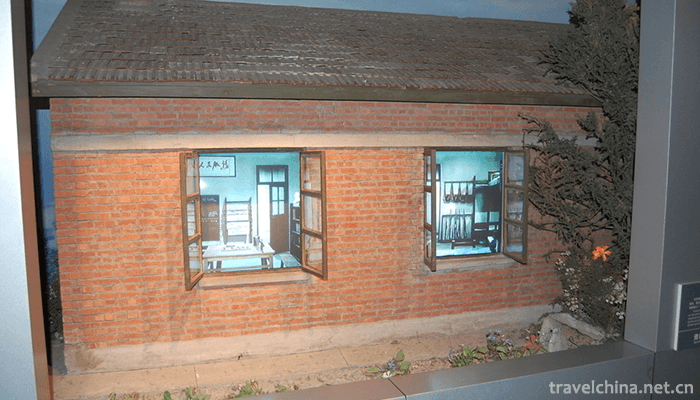
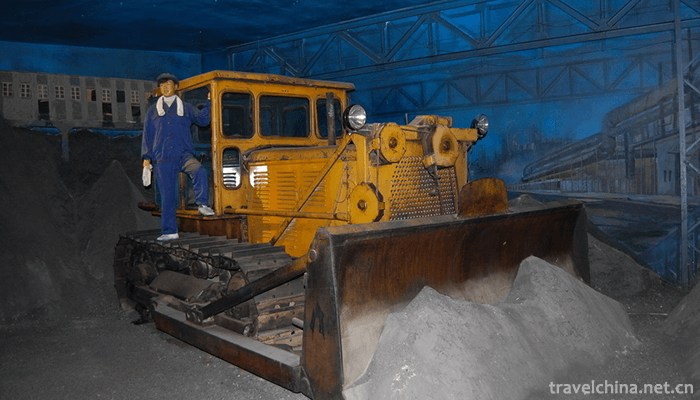

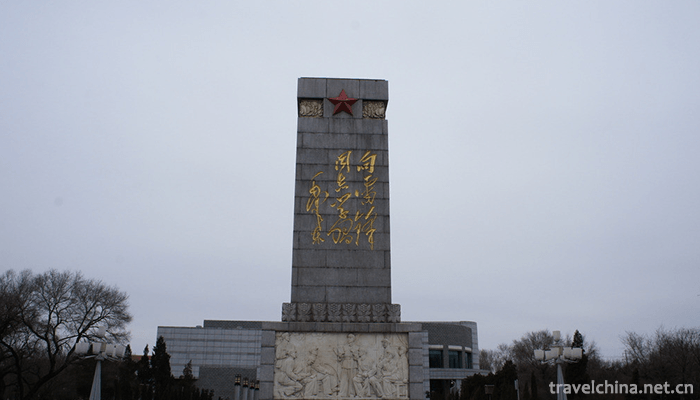
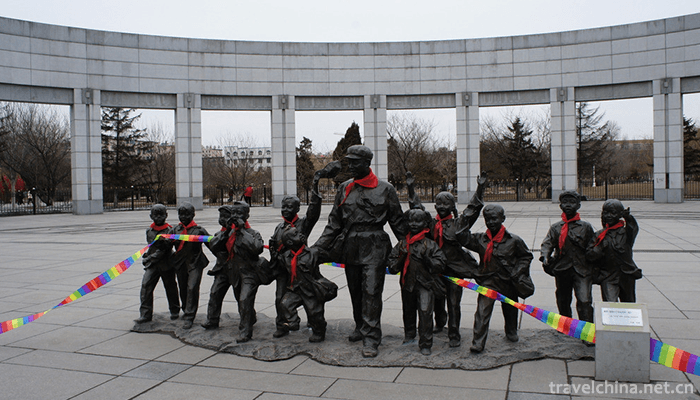
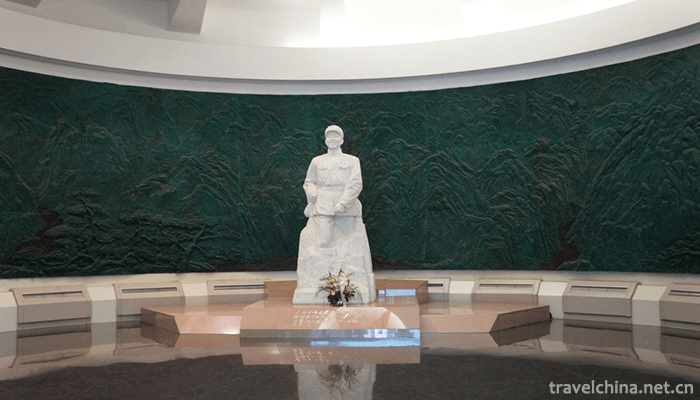

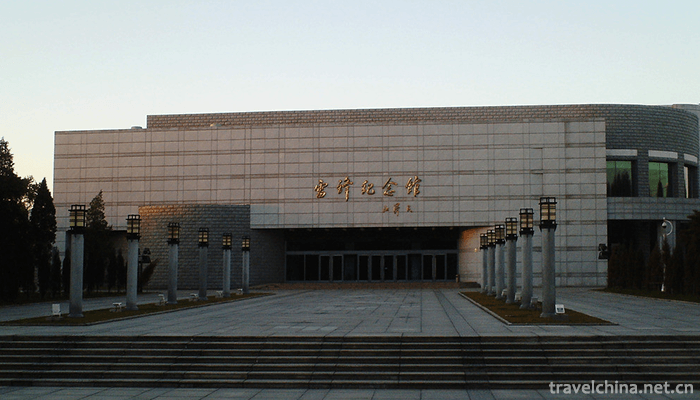
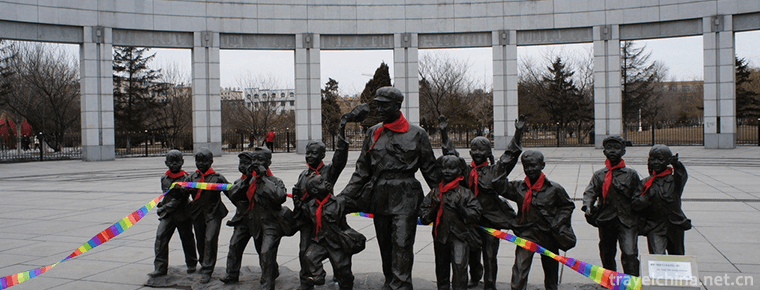
Leifeng Memorial Hall in Fushun
-
Jingyuetan National Scenic Area
Jingyuetan, National AAAAA Class Tourist Scenic Spot, National Scenic Spot, National Forest Park, National Civilized Scenic Spot Demonstration Site, National Water Conservancy Scenic Spot
Views: 249 Time 2018-12-05 -
Holiday Beach
Holiday beach is located on the west coastal avenue of Haikou City, which is 6 kilometers long. On the left side is the verdant forest belt of ephedra, with resorts, hotels, playgrounds and so on
Views: 331 Time 2018-12-23 -
Huangze Temple
Huangze Temple is the only sacrificial temple for Empress Wu Zetian in China. It is located on the West Jialing River in Guangyuan City, Sichuan Province. In 1961, it was announced
Views: 177 Time 2019-01-18 -
Zhengzhou Yellow River Scenic Spot
The Yellow River Scenic Spot is located 20 kilometers northwest of Zhengzhou City, capital of Henan Province, on the Bank of the Yellow River. It is situated on Weiyueshan Mountain in the South and Ta
Views: 270 Time 2019-03-18 -
Amber carving
Fushun Amber, a special product of Fushun City, Liaoning Province, is a national geographical indication product of China.
Views: 132 Time 2019-05-03 -
Hui Costume
The main symbol of Hui costume is the head. Men like to wear white caps. Hui women often wear a hood. Older Hui women wear black or brown headscarves in winter
Views: 138 Time 2019-05-04 -
Loba Costume
Clothing custom is an important manifestation of human material and spiritual cultural life, with a long history. The Loba people live in dozens of rivers and valleys in the vast Loba area, which are
Views: 535 Time 2019-05-15 -
Qiyang minor
Qiyang in the north of Yongzhou is a kind of traditional opera widely spread. After a long period of evolution and development, it has formed a traditional folk art form with strong local color,
Views: 152 Time 2019-06-10 -
Yi Peoples Cigarette Box Dance
Yi cigarette box dance, the traditional dance of Hani Yi Autonomous Prefecture in Honghe, Yunnan Province, is one of the national intangible cultural heritage.
Views: 200 Time 2019-07-12 -
Han Xin
Han Xin (about 231 - the first 196). The Warring States period Han Xiang Wang Ji Kun Shu sun, in order to avoid the military strategist with the same name, Huaiyin Hou Hanxin Mixed up, historical book
Views: 182 Time 2019-09-07 -
Chengdu national beauty and heavenly fragrance Water Park
Chengdu national beauty and heavenly fragrance water park is the world's first and largest standard in Asia. It is also the first water theme park with the most comprehensive facilities in Southwest China.
Views: 156 Time 2020-10-17 -
Leshan peoples life
By the end of 2018, the per capita disposable income of rural residents in Leshan City was 15173 yuan, an increase of 8.9%, and the per capita living consumption expenditure was 12309 yuan, an increase of 9.5%. The per capita disposable income of urban residents
Views: 304 Time 2020-12-17
